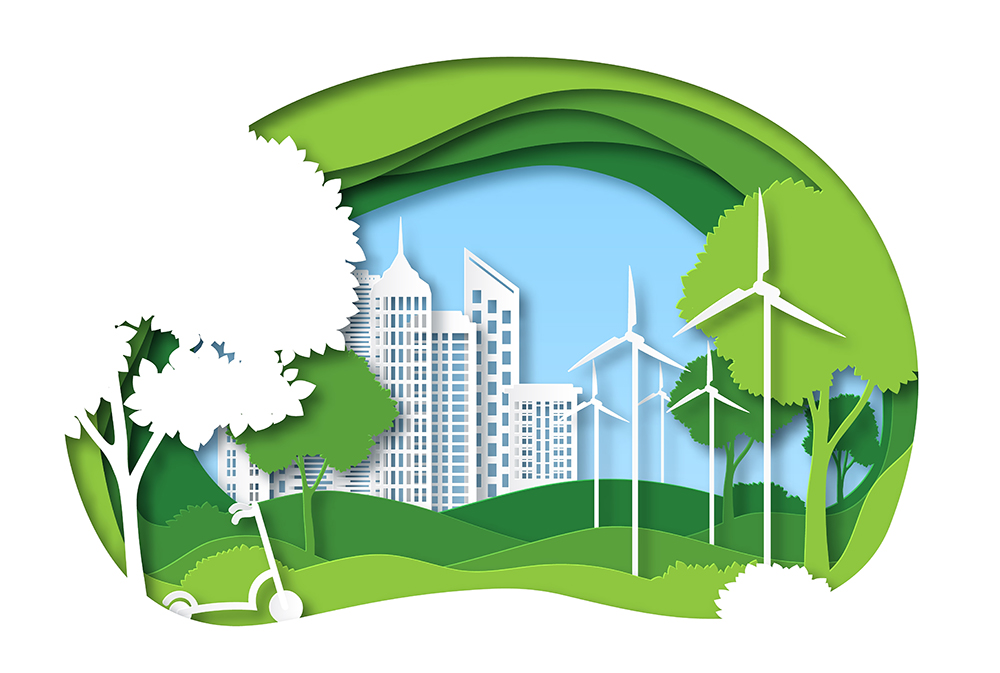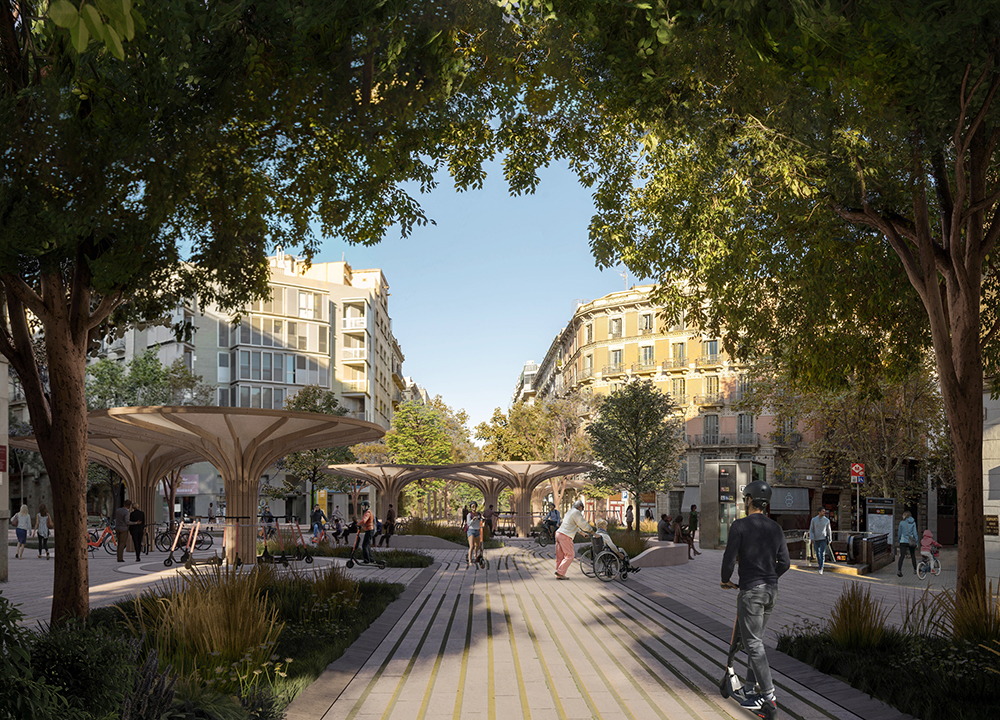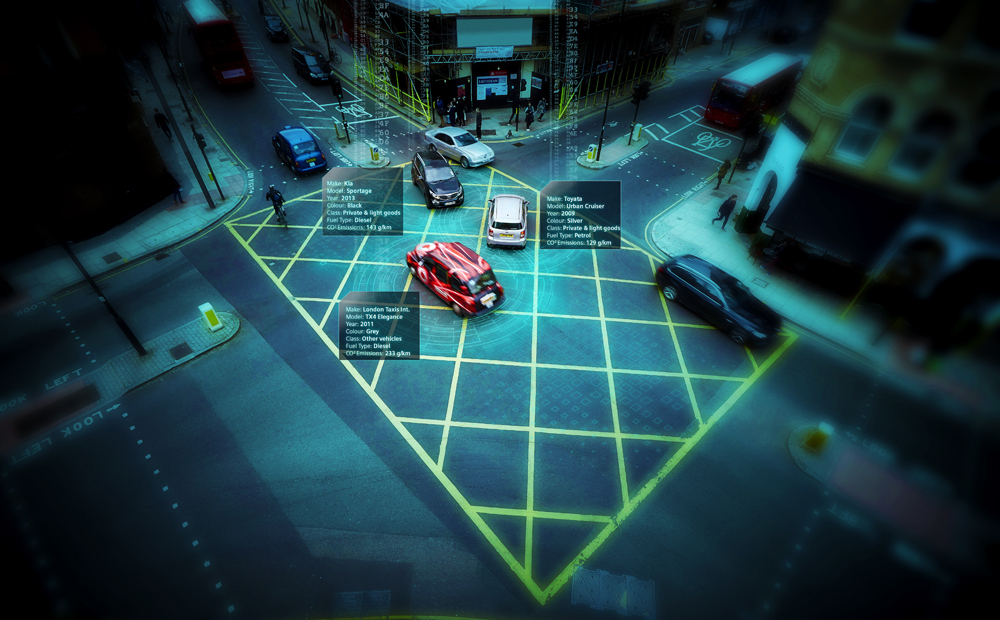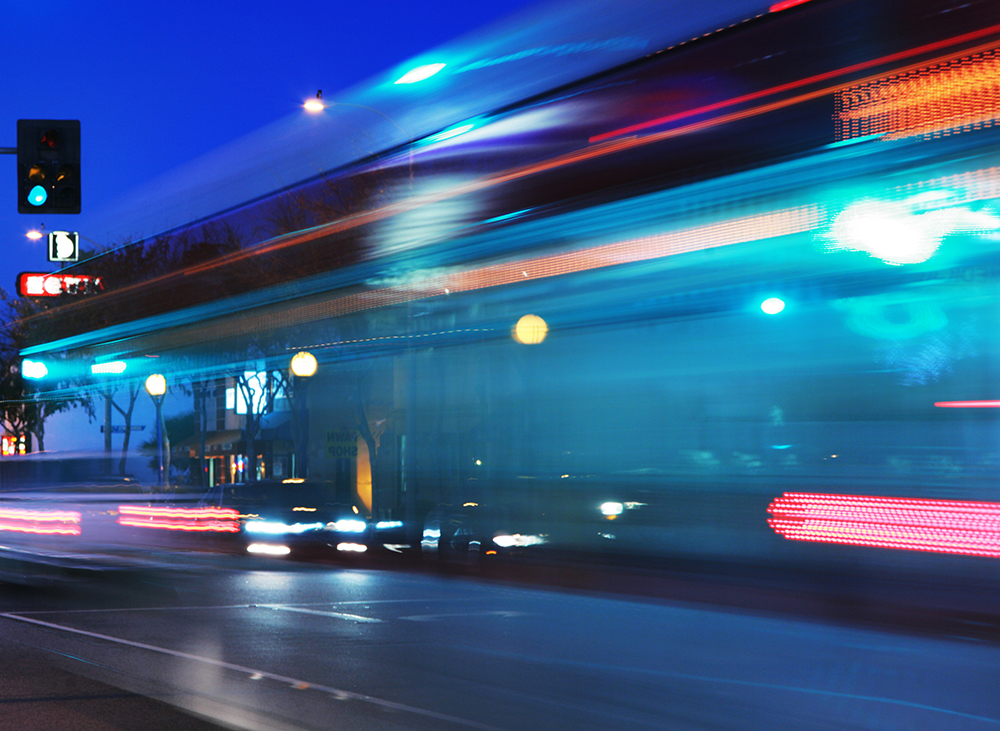
The UN Sustainable Development Goal 13. The Paris Agreement. Net Zero by 2050. The targets are in place for us but how do we reach them? The application of intelligent transport system solutions will be an integral part of the journey to these decarbonisation goals, but it will be a long journey presenting various challenges. We have the technology, but do we have the public support?
ITS provides us with the solutions we will need to help us along our decarbonisation journey. However, one of the main challenges will be successfully encouraging change in public behaviours. How do you get people out of their cars and onto sustainable transport, how do we change lifelong behaviours? It is one of the crucial barriers facing us in order to be successful in decarbonisation. One key ITS solution will be able to address this and help us make the shift. This is the availability of real-time information and smart ticketing solutions in order to make sustainable journeys as smooth as possible. Real-time information and smart ticketing solutions have helped our population plan journeys with ease.
For me, it allowed me to work out what time to leave the house on a school morning to get the bus or find out about train journeys to other regions. The ease and simplicity of my journeys have really encouraged me to travel less by car and more by public transport. This has especially been the case for travelling down to the south coast from London, as with the use of smart ticketing solutions, I can plan my journey in advance and the journey itself is much quicker than driving.
Sustainable encouragement
A similar scheme was important to the success of the Gold Coast 2018 Commonwealth Games. Public transport, more sustainable than private cars, was encouraged for travelling to different venues. There were 1.5 million ticketed spectators, and each ticket came with free public transport. Together with this encouragement, there was a GC2018 Journey Planner which was very popular with spectators. Across the games, more than 730,000 journeys were planned on it with 93% of users finding the planner easy to use.

This resulted in more than 5.3 million trips on public transport across the games over various modes of public and more sustainable transport. This included bus, rail and light rail. The availability of real-time information was crucial to the success of this and has further pushed decarbonisation and encouraged more people to travel on public transport.
Another way ITS solutions are key for changing public attitudes and behaviours is through their role in monitoring low-emission and clean air zones (CAZs). Low-emission and clean air zones aim to improve air quality. Examples of this include the congestion zone and ultra-low emission zone in London as well as clean air zones which are now being incorporated into a number of cities, for example, in Bath and Birmingham.
There are four different classes of clean air zones which permit different vehicles; therefore, ITS solutions are integral to spot prohibited vehicles that are entering. Automatic number plate recognition cameras are put in place at strategic points to find these vehicles. This encourages the public to comply with the rules and change their behaviours to help us to further decarbonise. This helps to improve air quality and furthermore, can encourage more people to go outside and live a healthier lifestyle whilst also improving mental health.
Positive effect
There are important environmental and social benefits of this solution. In Bath a class C Clean Air Zone which was introduced on 15 March 2021 does not permit cars. After just a few months of having the CAZ in operation average nitrogen dioxide concentration within the CAZ was already 12.6% lower than the same period (April-June) in 2019. This data clearly shows CAZs have a positive effect on reducing pollution and ITS solutions are crucial to keep this system running correctly. There are some cars, such as electric vehicles, which are permitted within the CAZ - further encouraging the public to change their behaviours and purchase an electric vehicle.
ITS solutions also have a role in this, particularly with the transport modelling side, in making sure there are enough charging points. Electric vehicles are a huge step in the right direction to reach decarbonisation goals. However, the lack of charging points and ultra-rapid charging points available makes this challenging.
Currently 30% of charging points are in central London, leaving residents of other areas in doubt about whether they will be able to travel long distances due to the lack of charging facilities. ITS are able to model to ensure that there are the optimum number of charging services available and in the right areas. This will be important for finding the areas missing out on the new technology and which areas need investment to improve their current available services. This technology will be able to challenge the barrier to decarbonisation and make sure the public have an opportunity to purchase an electric vehicle and have the confidence they will be able to charge their vehicles.
ITS solutions are also becoming increasingly important for other electric vehicles such as electric bikes and scooters. With the increase in popularity of micromobility, ITS also plays a part in monitoring the overall service. Micromobility schemes aim to encourage more active travel by attracting people to cycle or scoot with new services offering e-bikes, e-scooters, and pedal bikes.
Modal shift
Across the world, data shows that 36% of e-scooter users had shifted from private vehicles to e-scooters instead. This is certainly a fun way for the public to get out of their cars and using more sustainable methods for travelling. In 2020, Norfolk County Council launched a trial of a new micromobility service with e-bikes, e-scooters, and pedal bikes in Norwich through British-based provider Beryl. This scheme has been a huge success and encourages people to be more responsible, especially when it comes to parking. Riders must park in geo-fenced bays to charge, with 94% of riders returning their bikes to these bays.

ITS technology is able to monitor the process of the vehicles being returned correctly and charging those extra who do not. This helps the public act responsibly and follow procedures when they rent vehicles which can also translate into more responsibility for taking care of the environment and using sustainable transport more often. ITS technology is key for helping us learn this important lesson.
I believe, in the future, ITS technology could be used to support car sharing and reducing single-occupancy journeys. Companies could have the ability to sign up to a programme where employees who drive to work are matched up by location and timings for travelling to work where there could be a potential car share. This will help encourage more car sharing and help people find suitable car-sharing partners which in turn will reduce the number of single-occupancy journeys, making them more efficient.
This sort of scheme could be important for a transition stage or stepping stone between using cars and using public and sustainable transport. Another service ITS technology could provide to aid with decarbonisation is a programme that monitors and tracks journeys people make and the transport mode they use to make them. Then with the data, the service could offer a sustainable alternative for different journeys that are made frequently. For example, if someone is driving to a leisure centre weekly, it could suggest a more sustainable way such as a bus or a micromobility renting service near them to get to the leisure centre and provide a journey route with real-time bus information or availability of bikes or scooters nearby.
Behaviour change
This would encourage further behaviour changes and allow the public to make use of the sustainable transport already available to them. There could be incentives built in with the programme such as discounts on shops or restaurants or even travel discounts for changing to sustainable transport for journeys that were previously done by cars.
Together these intelligent transport system solutions will help us along our decarbonising journey to the future and change the way our transport industry works to be more sustainable. It will encourage behaviour changes and put in place the fundamental layer to support new initiatives such as clean air zones or electric vehicles to help us decarbonise. The transport industry will change as we move closer to our targets and as there is modal shift from single-occupancy private car trips to more sustainable journeys.
We are well on the way but intelligent transport system solutions will help us bridge the gap and move towards a sustainable future. The UN Sustainable Development Goal 13. The Paris Agreement. Net Zero by 2050. They are all within reach but with the innovative application of intelligent transport system solutions they are all achievable. ITS












